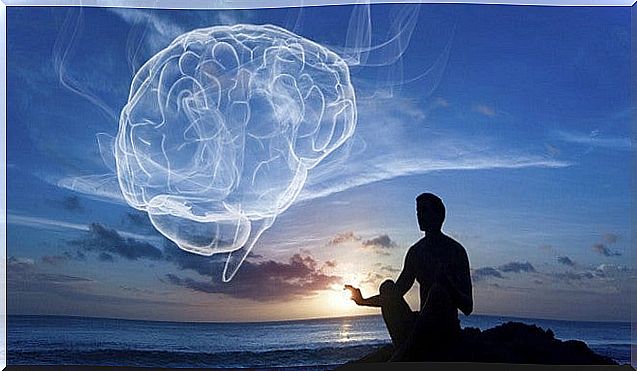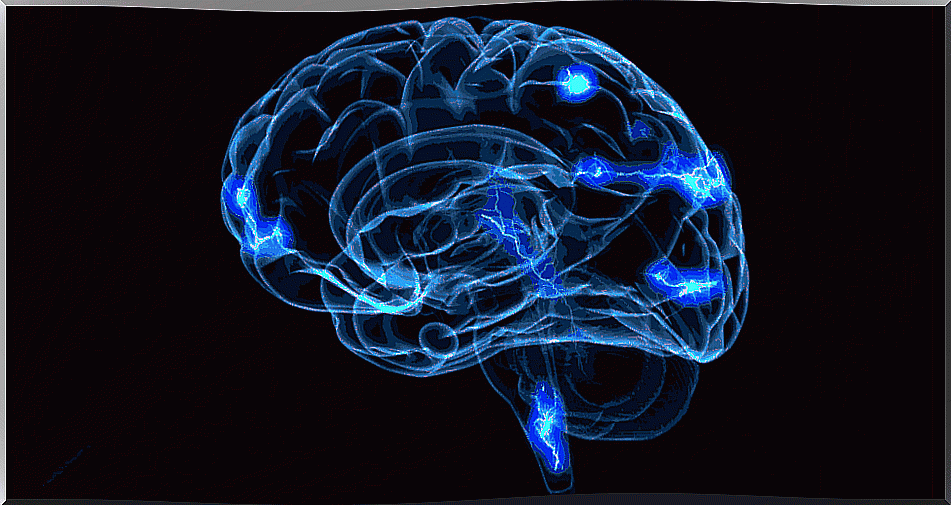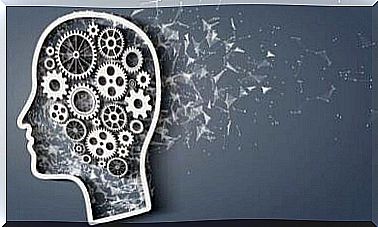The Spiritual Brain: What Neuroscience Tells Us

Some authors such as Daniel Goleman or Howard Gardner have a concept of spirituality that goes beyond the religious or the cognitive. We are talking to you here about this need to reach a deeper and more sensitive knowledge of our reality, hence the fact of seeing ourselves as part of a whole, or of achieving a higher well-being. and further from the ego, from the obsession with the material.
Since time immemorial, humanity has sought to transcend all that is everyday and ordinary to it. We are not only talking about this classic need to be in contact with the divine, these religious practices with which to ask for rain in exchange for an offering, to claim to be sanitized, forgiven or blessed. with luck or success. We are talking above all about this need of the human being to reach a “second reality” with which to escape, with which to find calm, self-realization and even, why not, wisdom.
Neurologists call this need egoic consciousness, or limbic consciousness. Because, beyond the mystical, we are talking about a series of very concrete emotions and mental processes for which our brain is responsible. We are talking above all about a reality that is there, in our brain and in a series of structures which, by being stimulated, generate occasional changes in our perception, our way of feeling and of perceiving our surroundings.
So much so that neuroscientists like Andrew Newberg, author of the book Principles of Neurotheology (‘Principes de la Neurothéologie’, in French), have shown that the brains of Buddhist monks who have been used for years to practice meditation show less aging. neuronal, greater memory capacity, and even better resistance to the sensation of pain.
What we call the “spiritual brain” is in fact the origin of many studies. It is not about “seeking God” in the brain, nor is it about supporting or criticizing the practice of any type of religion or doctrine. With this science, it is about understanding the impact of spirituality as such on our mind as well as on our physical and emotional health.

It is curious that in the hypothesis of multiple intelligences stated in 1983 by Howard Gardner, professor at Harvard University, we already value the idea of introducing a “ninth intelligence”, the one we call intelligence “ existential ”, closely linked to the concept of the spiritual and which would be defined by the following principles:
- Be able to think about abstract themes
- Being able to reflect on oneself (meta-reflection)
- See the world from other points of view
- Acquire an idea of the universe and our place in it
It should be noted, as the philosopher Francesc Torralba asserts, that “spiritual intelligence is not religious consciousness” . It is rather a matter of seeing spirituality as a tool with which to be able to transcend our own reality, always starting from self-knowledge and keeping other knowledge in mind.
This is not easy, of course, because in order to develop this existential intelligence that Howard Gardner tells us about, it is necessary at many times not only to tolerate, but also to love solitude. It would also be advisable to use other remedies within our reach such as philosophy, Socratic dialogue with oneself, meditation and the complex art of living in a conscious way, enjoying the present moment.

There are structures in the brain which, when stimulated, can generate mystical experiences in our minds. This is information that we have known for a long time and which is linked to altered states of consciousness as well as alterations of the temporal lobe, the hippocampus and the amygdala. Sometimes it is enough to stimulate these areas with electricity to have visions, to experience certain sensations as well as experiences similar to those which one can have while taking LSD.
However, in his interesting book Neuroculture, a culture based on the brain , physiologist Francisco Mora explains something that undoubtedly goes a little further. According to him, spirituality is very linked to culture, to our rapprochement towards what a type of practice, of philosophical and religious principles can offer us to know ourselves better, to exercise a change, to acquire a series of more transcendental knowledge. and rewarding at some point in our lives.
Spirituality and its practice are closely linked to our native curiosity, our motivation, the need to channel emotions such as fear, anxiety, the feeling of loneliness, stress and, why not, existential emptiness. Human beings seek not only internal well-being, mental calm and emotional healing, but also meaning in a world which in general has more questions than answers.

Neuroscience, clearly, does not accept the existence of supernatural entities. It seeks above all to understand our motivations to practice activities that produce calm and well-being in us, such as yoga or meditation. Activities that release dopamine in our body, increase the connectivity of the prefrontal cortex or promote our brain plasticity.
“Spiritual technologies,” as experts call them, are at their peak. This opens up a very interesting path between the scientific and the spiritual to understand their benefits, to understand these internal processes which undoubtedly go beyond any doctrine or any religion.
What one tries to do with this idea of spirituality or the existential, as Howard Gardner defines it, is to achieve a deeper sense of identity itself. The objective is none other than that of initiating a journey of self-discovery in search of happiness, of personal plenitude.
Images of Cameron Gray









